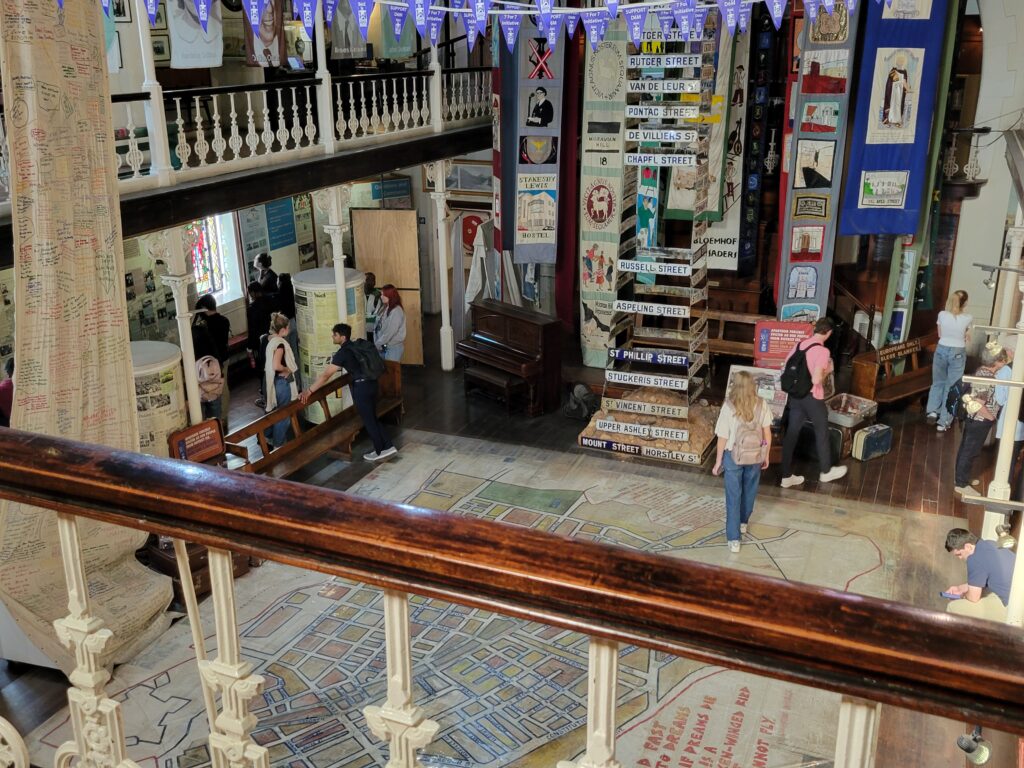
After a gorgeous and soul-filling lunch experience in Langa at Mzansi Restaurant, we said our goodbyes to our most welcoming family and departed for the District Six Museum. Here we would be provided an opportunity to more deeply engage with the trauma and oppression inflicted upon the people of South Africa by the apartheid regime.
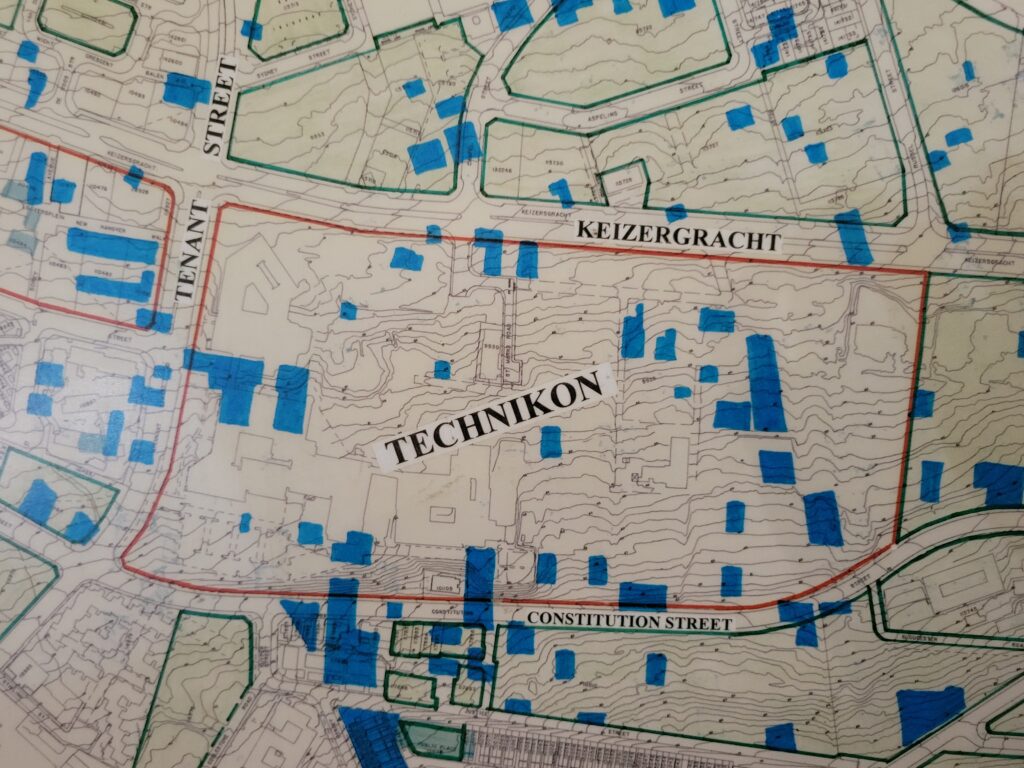
The District Six Museum would allow us to focus our attention to a specific geographic region of Cape Town, during a specific time period of the centuries long oppression of black South Africans. Narrowing our focus would allow us to more deeply understand the specifics of the oppression, the resistance, and the personal stories of the tens of thousands of people traumatized by the regime during these years. By more closely examining one snapshot of the violent oppression, we could become more deeply enlightened of the impact of apartheid on a nation of people for generations to come.
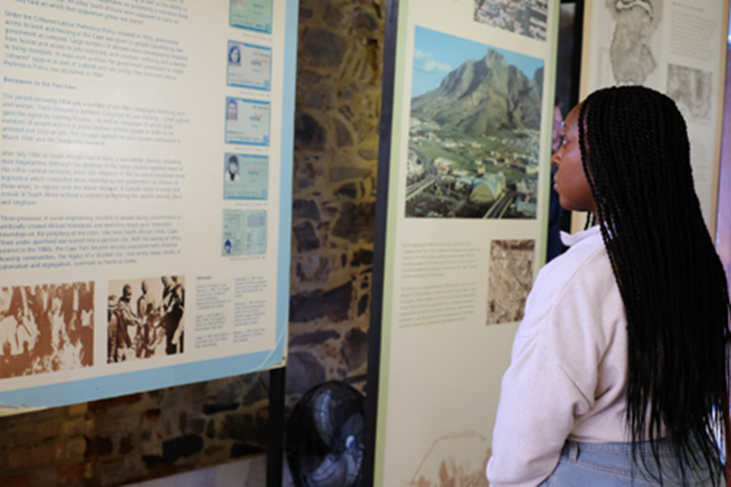
Upon entering the self-guided museum, we would learn that District Six was an area of Cape Town named for being the sixth municipal district in the mid-1800s. It was once a thriving and diverse community of people, which threatened the message of the National Party’s apartheid regime. The area and community therefore became a target of the violent regime for deconstruction and a white-only take over. On the first floor of the museum, long white panels with text from floor to ceiling told the horrific stories of the inception of the removals.

Though it was not until 1966 that District Six was declared a “white area” under the Groups Act of 1950, violent and forceful removal of the people of this community began decades earlier. As early as 1901, the bubonic plague was used as an excuse to remove the first group of black South African people out of District Six. By the end of the mass destruction and violence inflicted on the communities, there would be 42 sites of removal identified.

In 1966, and for 15 years following, the height of the removal of black South Africans took place. The white-run government violently and forcefully removed and relocated over 60,000 people from their homes, upending their entire lives and communities. People of color in District Six were forced into new townships, away from the coastlines and city centers, into rural and remote areas. These new townships often did not offer appropriate access to life-sustaining resources. The townships were physically separated from the now white-occupied communities using “buffer strips” that consisted of freeways, strategically placed military land, and golf courses.
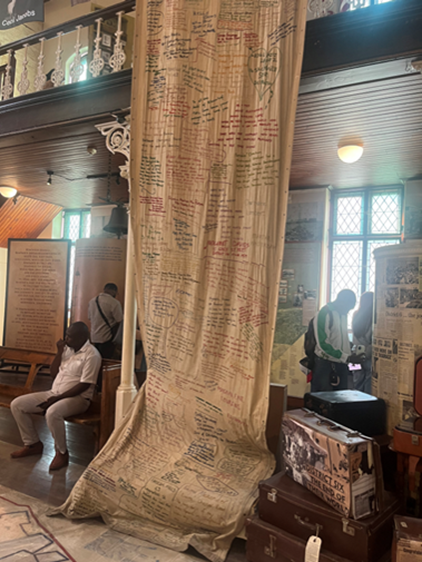
As we continued into the museum, we immediately noted the architecture of the building, learning that the first permanent exhibition of the museum had been housed in this historic Methodist Church, and remains there today. A namecloth cascading from the second story down to the first displayed the names of the residents removed from District Six, who have since returned to the land and museum space.
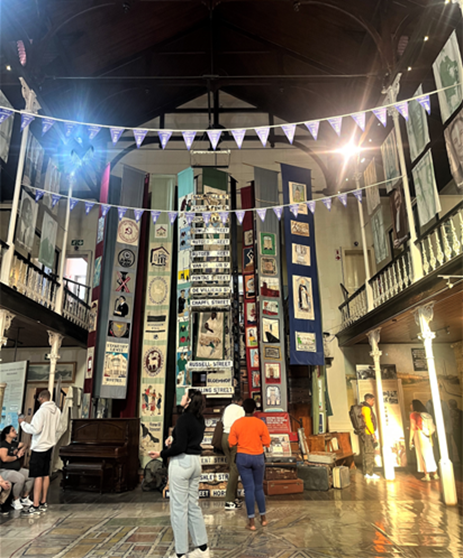
As we worked our way further into the museum, the stories showcased were no longer the stories of the oppressors, but rather the stories of the beautiful communities, families, and the incredible trauma inflicted upon them. Despite their experienced oppression, life continued for many of the black South African people of District Six. Their communities found ways to resist the oppression, continue to grow their families, and redefine communities in new spaces, all while contending with the loss of cultural identity and heritage throughout the removal and displacement.
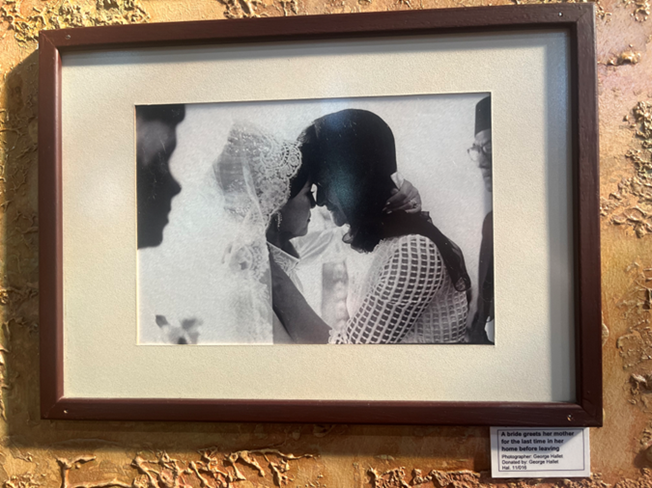
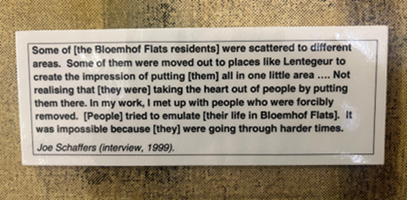
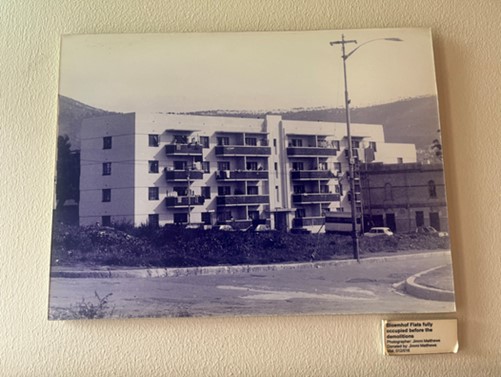
The views of golf courses near the freeways that we could see out our window on the drive in now conjured up intensely darker emotions on our drive back. The District Six museum offered our group an intricate snapshot of the complexities of oppression, racism and power corruption black South Africans endured, strikingly similar to those seen back home in our own country and in countless others across the world.
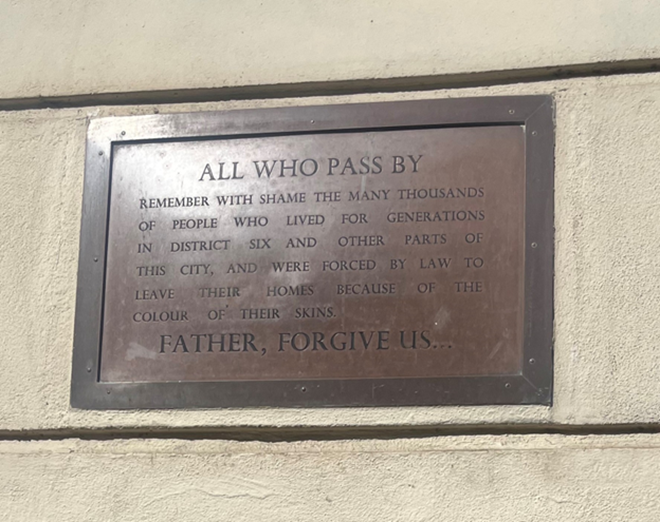
Upon leaving the museum we collectively felt a shift in the energy of our group, with the heaviness of what we had been exposed to impressed into our minds and spirits. As we would continue on our journey, we would understand that the more we learned, the more facets of what we didn’t know would come to light. The intricacies of the struggle for black South African people were surfacing, shining a light on all of the layers and details of the trauma endured that we could never fully know of, those layers of suffering they continue to contend with.
–by Rachel Watson, CSHPE master’s student
